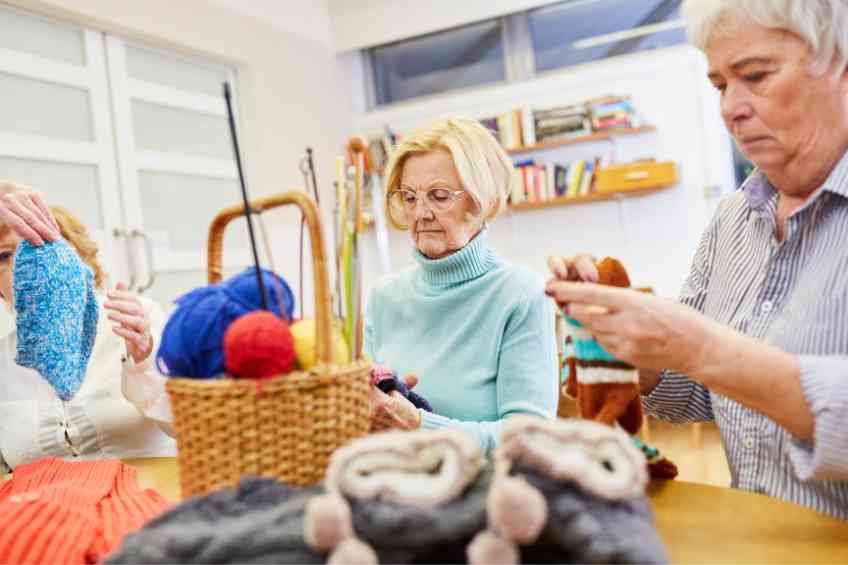By John Salak –
When it comes to psychiatry and occupational therapy, just working in the presence of others on various craft activities can significantly help patients relax and enhance their brain activity, according to research out of Japan.
Admittedly, clinical practice always supported the notion that having various individuals engage in separate activities within the same room was an effective part of occupational therapy. However, there has been little evidence to date to support this assumption.
Now, researchers from Osaka Metropolitan University found that parasympathetic activity, which indicates relaxation, was significantly higher when just two individuals were working separately in the same room compared to when one individual was working alone. The findings suggest this occupational therapy approach can help people with high levels of tension or anxiety alleviate these feelings.
Psychiatric occupational therapy, in general, encompasses not only the individual-therapist relationship but also occupational activities, such as crafts and group work. The treatment can provide patients with positive outcomes, including developing healthy relationships, improving focus, enhancing the ability to express feelings and understanding self-regulation.
Previous studies have shown that performing craft activities alone can lead to a state of focused attention, as evident by the emergence of specific brainwave patterns associated with concentration. Individuals showing these patterns were also found to experience increased parasympathetic activity, which is prominent when individuals are relaxed.
The Japanese researchers explored the impact of these two aspects by examining the electrophysiological effectiveness of performing craft activities in the presence of others.
It was accomplished by measuring and analyzing brainwaves and autonomic nervous system activity for 30 healthy young adults during craft activities. The effort included focusing on individuals as they performed the craft activity alone, as two individuals engaged in separate craft activities independently and one individual performed the craft activity while another observed.
The results showed that parasympathetic activity was significantly higher among individuals who worked independently but in the same room compared to those who worked alone. Beyond this, those who registered concentration-related brainwave patterns during craft activities also showed a significant increase in parasympathetic activity compared to others.
“This study provides electrophysiological evidence that working in the presence of peers and the focus on craft activities can boost parasympathetic activity, even without physical contact or verbal interaction,” reported Junya Orui, a graduate student who worked extensively on the study. “In the future, we aim to investigate the structures and environments for more effective occupational therapy based on these findings.”













